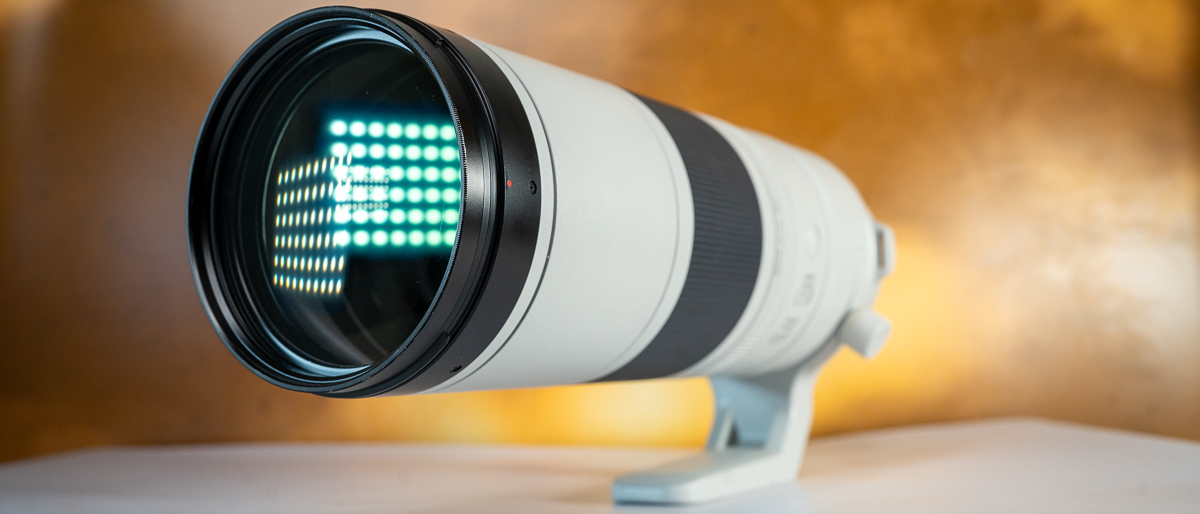How Much Longer Will the Eyjafjallajokull Volcanic Eruption Last?

Since the Icelandic volcano Eyjafjallajokull began exploding on March 20, the eruption has cycled from low rumblings to economy-altering detonations and then back to a gentle trickle of magma. Unlike most volcanoes, Eyjafjallajokull erupts at varying speeds and strengths. Each burst can be prolonged for years, and making predictions about future behavior is nearly impossible, scientists say.
To predict how long a volcanic eruption will last, geologists look to previous eruptions, said William Burton, the associate program coordinator of the United States Geological Survey's volcano hazards program. Volcanoes draw from a finite reservoir of magma, and scientists can estimate the volume of that magma by observing only a few eruptions.
Judging from Eyjafjallajokull's previous eruptions, this current round of explosions may take a while to die down, Burton told Life's Little Mysteries. Eyjafjallajokull has a history of long eruptions, and during its last eruption in 1821, it cycled between ejecting ash and drooling magma for more than a year. Because of Iceland's location, on a mid-ocean ridge, the many chambers feeding into the volcano could have vast stores of magma capable of feeding an eruption for many months, Burton said.
Hawaii's been erupting for 23 year years, and it's a similar kind of volcano, Burton said. No one really knows how much longer this will last."
The Eyjafjallajokull eruption probably won't last more than one year, but is likely to last longer than six months, Burton said.
Unlike most volcanoes, which access only a single magma reservoir, Eyjafjallajokull connects to numerous underground magma wells, said Freysteinn Sigmundsson, a geophysicist at the University of Iceland. Because geologists don't know exactly how many magma wells are feeding Eyjafjallajokull's eruption, they cannot predict the length of eruptions with a high degree of accuracy, Sigmundsson said.
For most volcanoes, they have a single magma chamber that just deflates. This volcano is more complicated, Sigmundsson told Life's Little Mysteries. We're seeing magma transfer from other chambers, and we don't know how large the magma reservoir is. We cannot estimate how much longer it will last.
Get the world’s most fascinating discoveries delivered straight to your inbox.



